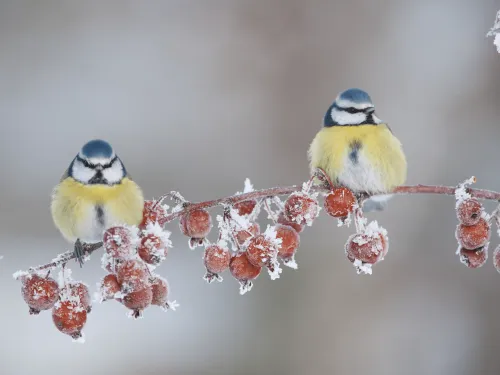
Create a wilder garden this winter
Wilder Gardens Officer, Ellen Tout, talks about her favourite parts of the winter garden and what you can do to make your space a sanctuary for wildlife.
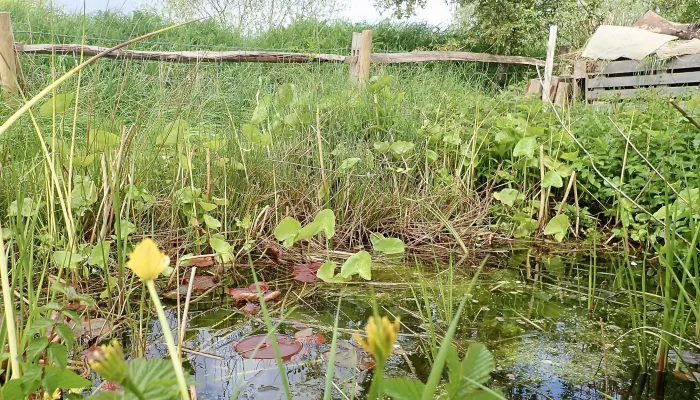

Lizard basking on black matting at our allotment - P Brooks
We regularly saw slow worms in our last garden and have a healthy population in our current garden. Slow worms love compost heaps and hiding places such as gaps beneath loose paving. They are the gardener’s friend as their diet includes slugs.
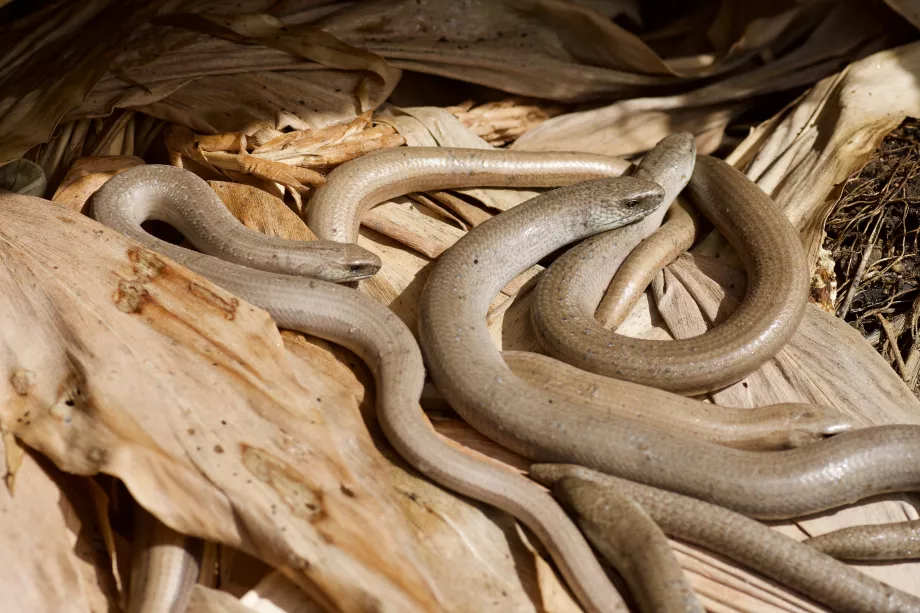
Slow worms enjoy the warmth of the compost heap especially with additional protection from a piece of old carpet - P Brooks
We count ourselves privileged to have grass snakes in our current garden. They need water which is provided by the adjacent River Eden and the ponds in our garden. They particularly love our wildlife pond, as well as somewhere to bask in the sun or to hide in the dense vegetation, which provides a corridor to the wilder conditions of the riverbank. They also like compost heaps. Grass snakes eat amphibians, fish and small mammals. We recently witnessed a small grass snake pursue and catch a tadpole.
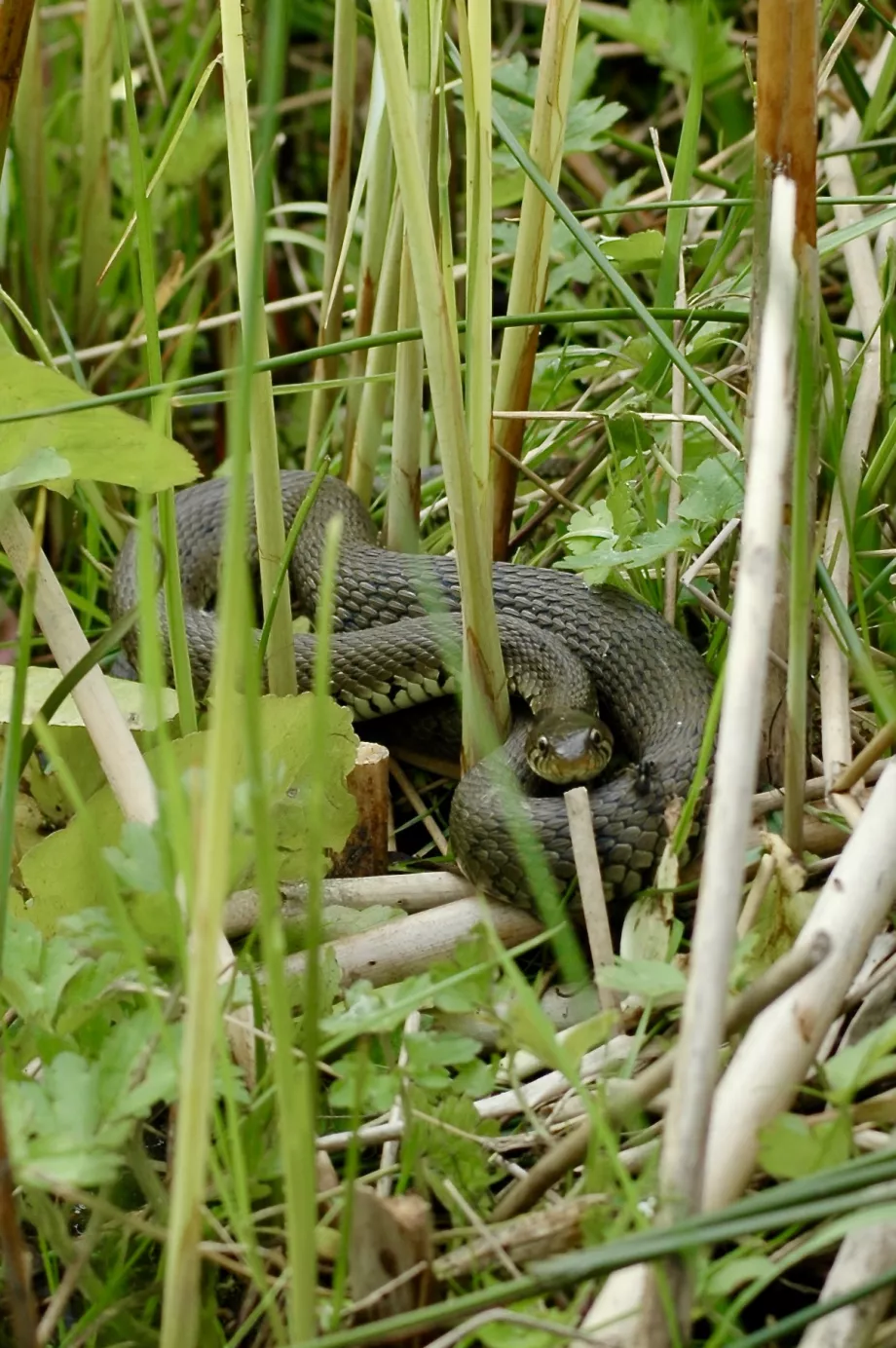
Grass snake basking in the vegetation close to our pond - P Brooks
Our 'Wild About Gardens' scheme is offering advice to gardeners in Kent by telephone this year. Enter your garden into the scheme here and our trained Wild About Garden volunteers will do their best to answer your questions. The scheme includes an award, sponsored by Kent Reptile and Amphibian Group (KRAG), for the best dragon garden.

Wilder Gardens Officer, Ellen Tout, talks about her favourite parts of the winter garden and what you can do to make your space a sanctuary for wildlife.
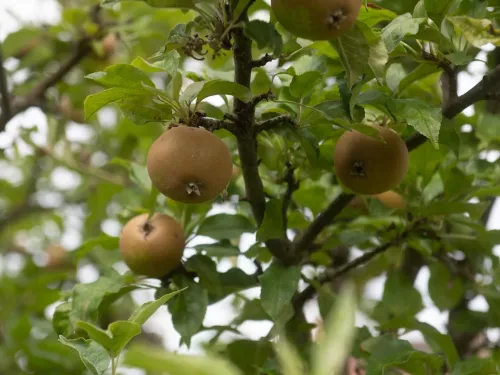
Typically, most gardeners and farmers grow annual vegetable crops – those that are sown, planted, and harvested within one growing season. But perennial fruit and vegetables, which grow and produce food for many years, are becoming increasingly popular.…
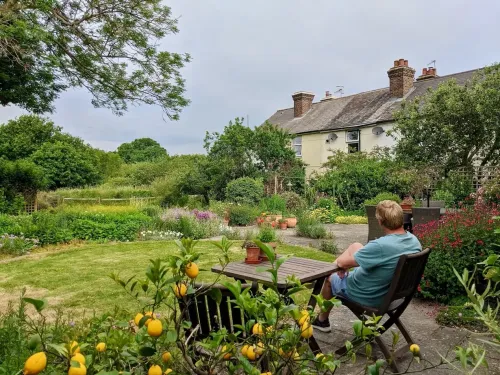
Volunteer Wild About Gardens Advisor Penny Brook takes us on a journey through her garden to share how they create a flower-filled haven for both people to relax and wildlife to flourish.